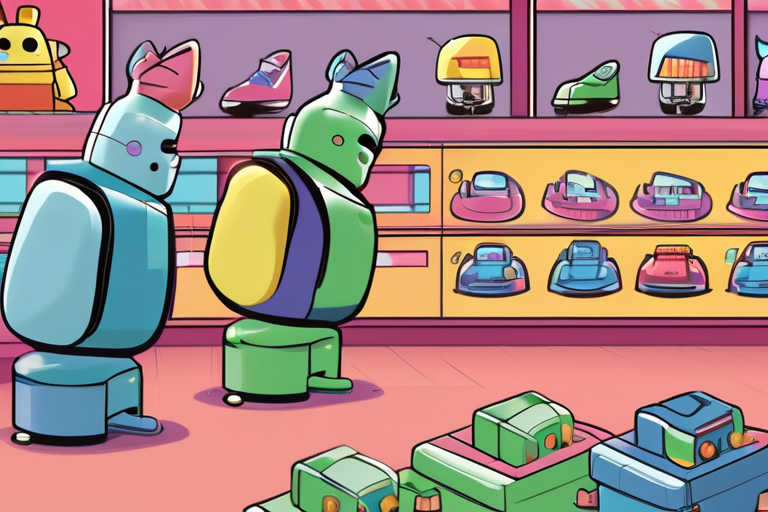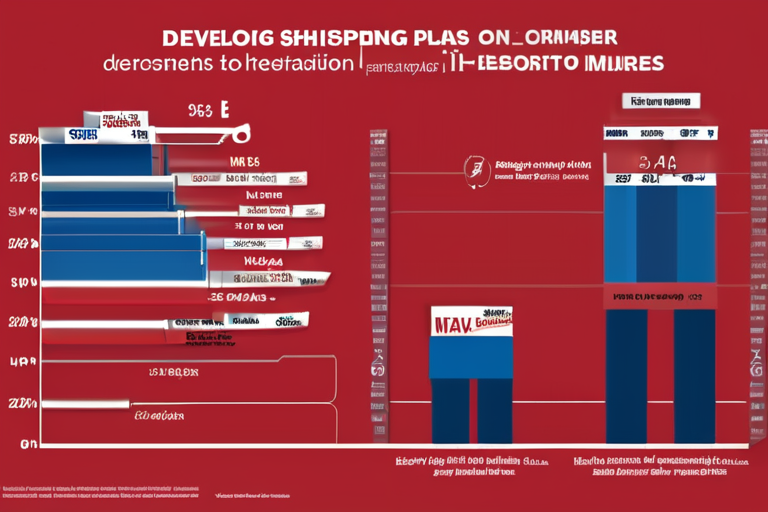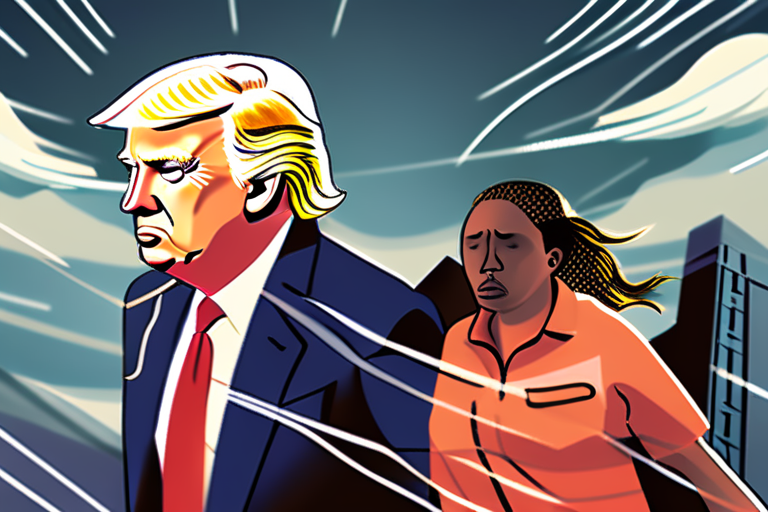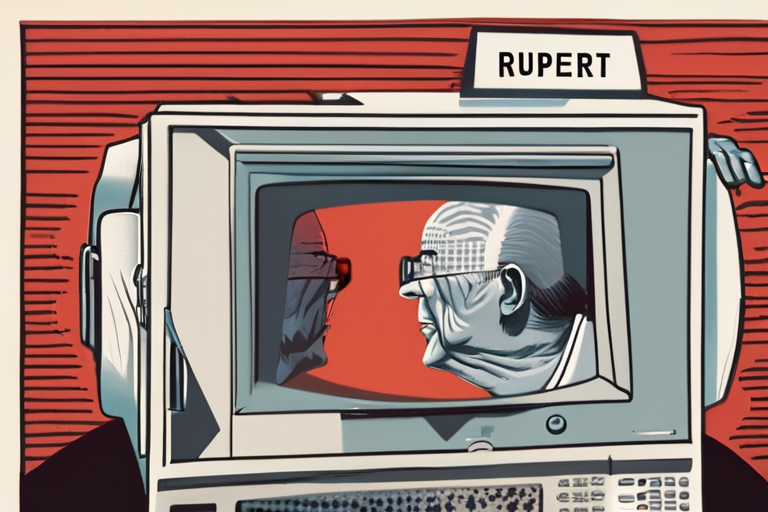AI-Powered Toys Storm US Shores, Driven by China's $14 Billion Market


Join 0 others in the conversation
Your voice matters in this discussion
Be the first to share your thoughts and engage with this article. Your perspective matters!
Discover articles from our community

 Hoppi
Hoppi

 Hoppi
Hoppi

 Hoppi
Hoppi

 Hoppi
Hoppi

 Hoppi
Hoppi

 Hoppi
Hoppi

The Great Smart Glasses Debacle: A Tale of AI Mishaps and Meta's Embarrassing Demo Failures As Mark Zuckerberg took the …

Hoppi

Warner Bros Discovery Shares Soar on Rumors of Paramount Skydance Takeover Bid Shares in Warner Brothers Discovery surged significantly following …

Hoppi

BREAKING NEWS Holiday Shopping Plans in Jeopardy as Consumer Spending Habits Shift Overnight A sudden shift in consumer spending habits …

Hoppi

The Paradox of Trump's Deportation Push: A Web of Chaos and Consequences In a small Baltimore office, Kilmar Abrego Garcia …

Hoppi

Hike, Once a Unicorn, Shuts Down Amid India's Real-Money Gaming Ban New Delhi - Hike, one of India's most valuable …

Hoppi

RUPERT MURDOCH'S MEDIA EMPIRE: A GLOBAL PHENOMENON In a remarkable feat of media consolidation, Rupert Murdoch has built an empire …

Hoppi